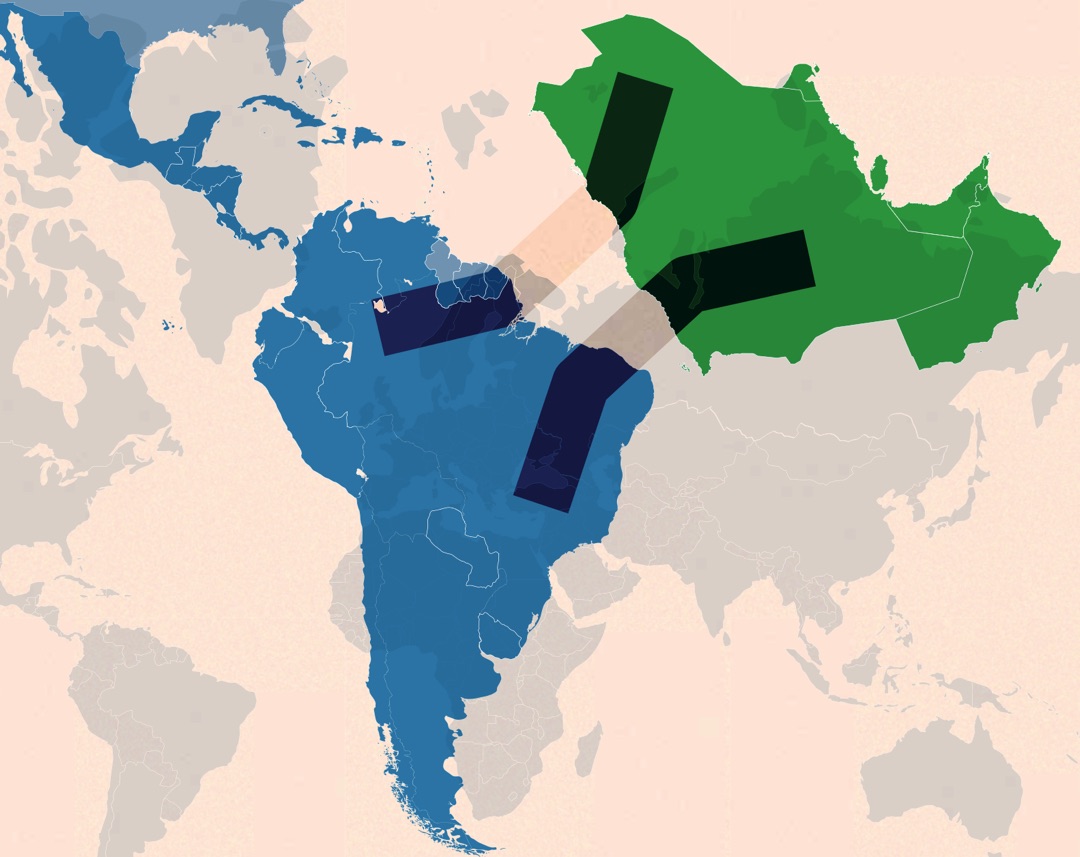This EIU report examines the current trade and investment relationship between the Gulf Co-operation Council (GCC) countries and Latin America and maps out engagement in key sectors and opportunities for Gulf investors.
The relationship between the countries of the Gulf Co-operation Council (GCC) and Latin America has thus far been characterised by modest trade and investment flows. But a deeper investigation reveals that the two regions rely on each other for essential products, such as food and agricultural produce from Latin America and hydrocarbons and fertiliser from the GCC.
Both regions are keen to explore deeper relationships to diversify their trade and investment partners and hedge risks amid global economic uncertainties. This report takes a closer look at the nuances in the trade and investment relationships between GCC and Latin American countries, with a focus on aviation, logistics and agriculture and the role Latin America plays in the GCC’s food-security strategy.
The EIU would like to thank the following experts (listed alphabetically) for their insights:
– Mariano Bosch, chief executive officer and co-founder, Adecoagro
– Roberto Dunn, executive director, Consorcio Nobis
– Daniel Melham, president, Gulf Latin America Leaders Council
– Youssef Hegazy, senior vice president, business development, Hassad Food
– Hector Olea, president and chief executive officer, Gauss Energia
– Sultan Ahmed bin Sulayem, chairman, DP World
Key findings of the report:
– Agriculture dominates exports from Latin America to the GCC, accounting for 57% of total exports to the region, but the GCC is more reliant on some countries than on others. Brazil is by far the largest trading partner for the GCC countries, followed by Argentina and Mexico. Among the Latin American states, the GCC relies on Brazil for meat (mainly poultry), Argentina for cereals, Mexico for vehicles and Chile for wood products.
– Opportunities for the GCC to diversify sources of food and other products are available within Latin America. Although trade with Brazil accounts for the majority of trade between Latin America and the GCC, there is room for diversification.
– Expanding air links will facilitate direct business connections between the Gulf and Latin America, while also allowing the latter to forge closer associations with commercial partners in Asia.
– Beyond aviation, logistics and agriculture, there are opportunities for increased engagement in industry and banking.



